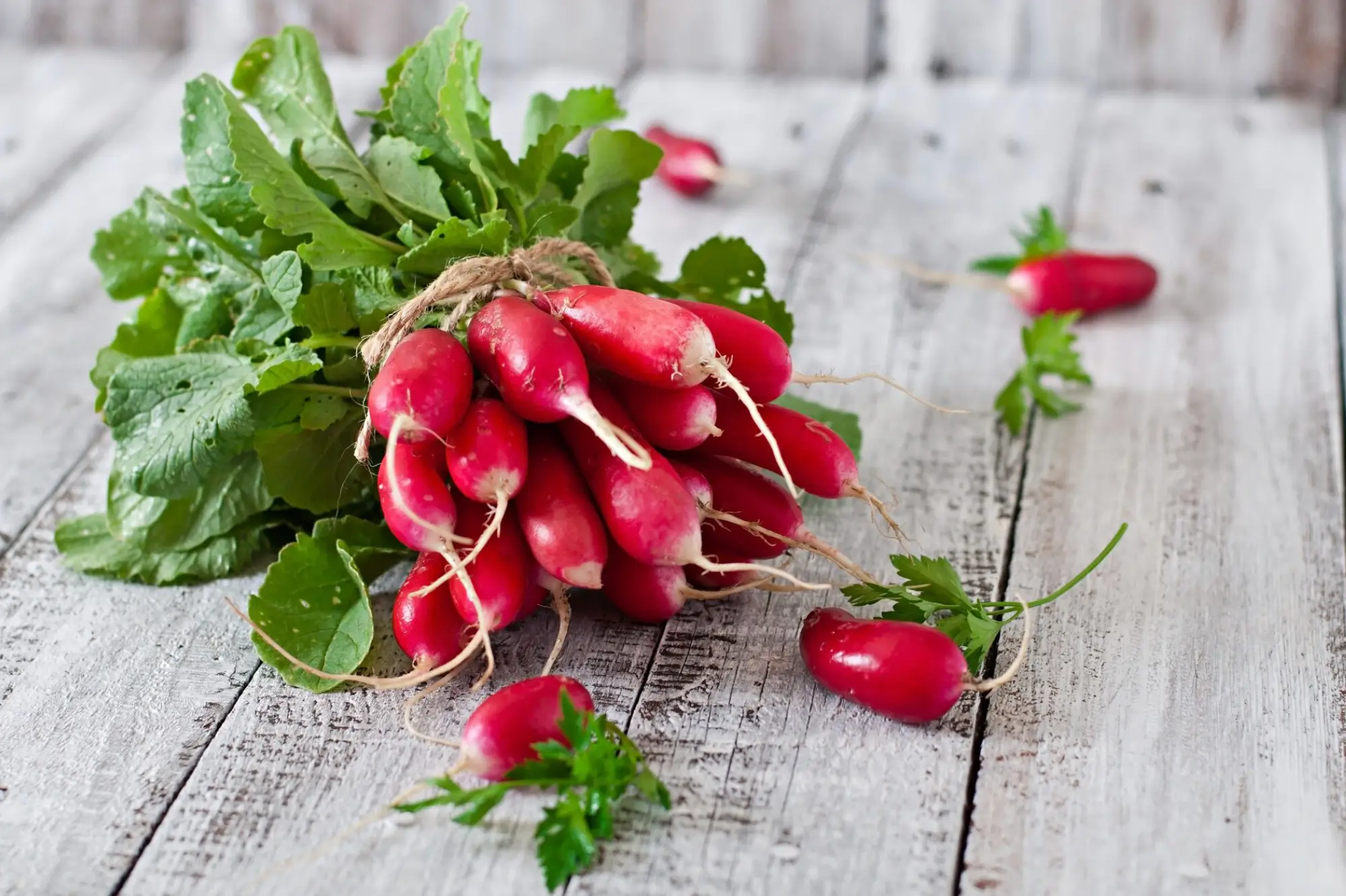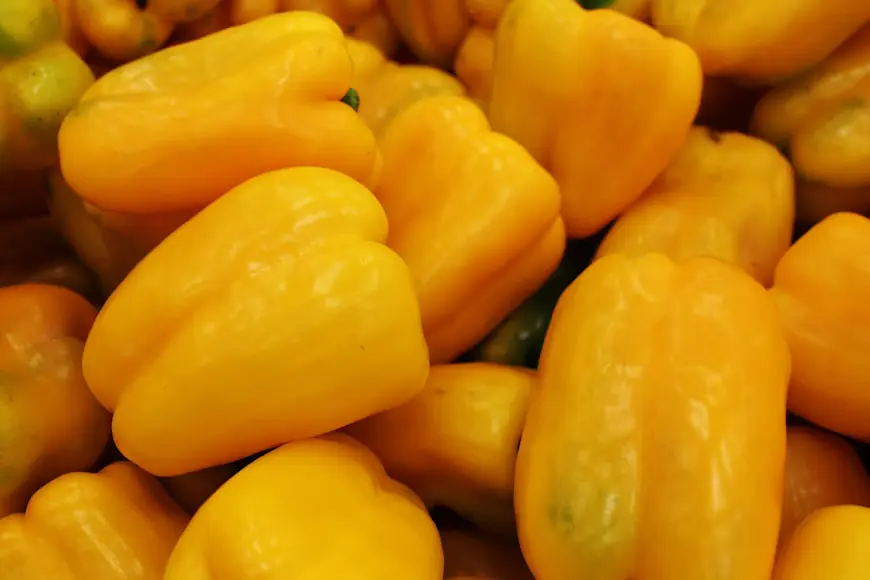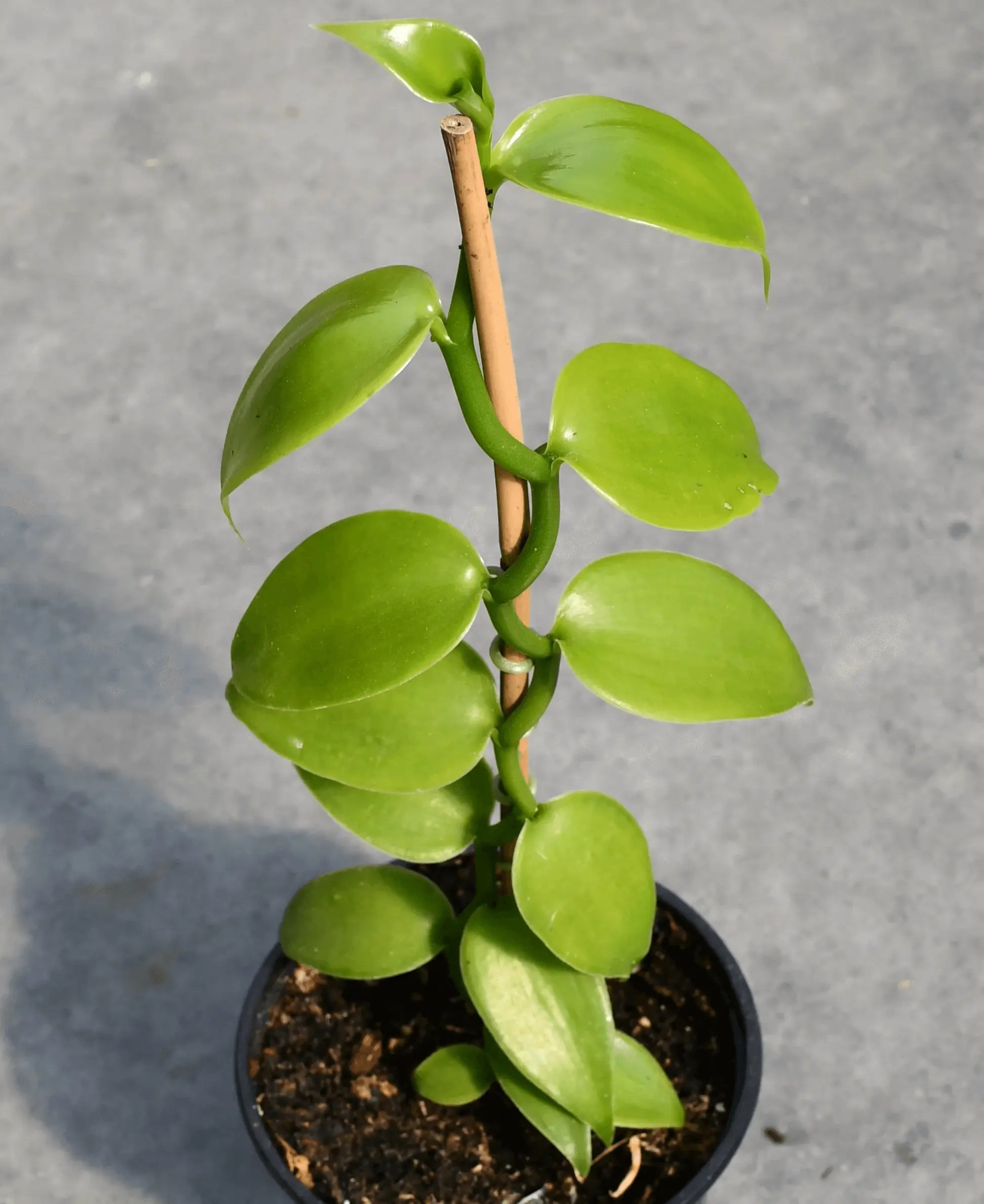
Soil Health & Fertilization
We unite suppliers and green industry professionals worldwide
Radishes are a chef's dream. They grow fast, are easy to maintain, and are delicious. They add variety in gardens as well as diets, ranging in flavor, size, and shape from spicy little salad radishes to hearty daikons.
By Victor Miller
|Published on September 25, 2025


Super-fast growing root crop with a thin and crispy texture and spicy flavor, Radish (Raphanus sativus) is a favourite crop with all gardeners worldwide. Raw radishes used in the salad and in salads which have been slightly pickled, as well as those which form a garnish on the table, are supposed to have a bite.
The radish appeals to gardeners owing to both the fast rate of growth and its potential to act as a marker crops, which require only a few days to germinate, providing an indication of soil conditions when other longer germinating crops have not appeared. The reason they are a vigorous choice is that they crop well in cooler weather and are small plants that can be planted generally in the spring and fall.
| Scientific name | Raphanus sativus |
| Family | Mustard family (Brassicaceae) |
| Common Name | Radish, Garden Radish, Daikon (long Asian variety) |
| Genus | Raphanus |
| Species | Sativus |
| Varieties | Varieties that have become popular include Cherry Belle (standard circle-shaped red), French Breakfast (long with red at tip and white at end), Easter Egg (varied mix), and Daikon (large white Asian radish). |

September 25, 2025
9 minute read
September 24, 2025
9 minute read
September 23, 2025
10 minute read
September 22, 2025
9 minute read


Join as a seller and connect with thousands of B2B buyers nationwide!
Sign Up

Yellow Bell Pepper
The most popular garden vegetables include bright yellow bell peppers, which have a sweet, tangy flavor. As a species of Capsicum annuum, bell pepper is a charming thing to cook. Its colorful essence attracts a lot.

Vanilla Bean
One of the most enchanting plants of the world, the vanilla bean is the source of true vanilla flavor. Compared to most household herbs and flowers, vanilla has an extensive history of cultural importance, culinary prestige, and botanical mystery.
The radishes are unique plants that can serve as useful garden additions:
Radishes have a wide range of uses as plants:
Radishes need the following to thrive:
Radish seeds are not too difficult to work with as opposed to other vegetables:
What is great about radishes is their quick germination:
Radish seeds are highly vital, thus gardeners can be sure of not letting them down in the next few planting seasons, provided they are stored and handled appropriately.
Radishes are solely propagated by the use of seeds, which have a relatively short growing period, so you can have another succession planted.
Radishes are resistant, yet can be damaged by several problems
Radishes are best eaten fresh, but can be stored with care:
Radishes are a chef's dream. They grow fast, are easy to maintain, and are delicious. They add variety in gardens as well as diets, ranging in flavor, size, and shape from spicy little salad radishes to hearty daikons. They are adaptable to varied climates, have a short growth cycle, and are dual-purpose crops (use root greens).
This makes them an ideal crop to use when just starting or for an experienced gardener. The radishes, besides their culinary value, are also significant in soil enhancement and in companion planting. Roots and seeds can both be maintained and stored to have longevity of benefits across seasons.
Radish seeds typically germinate within 4–7 days under optimal conditions.
Most small radishes are ready in 20–30 days, while daikon varieties may take 50–70 days.
Yes, compact varieties thrive in containers with at least 6 inches of soil depth.

Soil Health & Fertilization
Victor Miller

Pest Identification & Prevention
Victor Miller

Lawn Care Tips & Maintenance
Victor Miller

Soil Health & Fertilization
Victor Miller

Smart Irrigation Systems
Victor Miller

Patios, Walkways & Driveways
Victor Miller

Soil Health & Fertilization
Victor Miller

Pest Identification & Prevention
Victor Miller
My Account
Our team is always here to help.
We are open Monday - Friday, 9:00 AM to 4:30 PM PST.